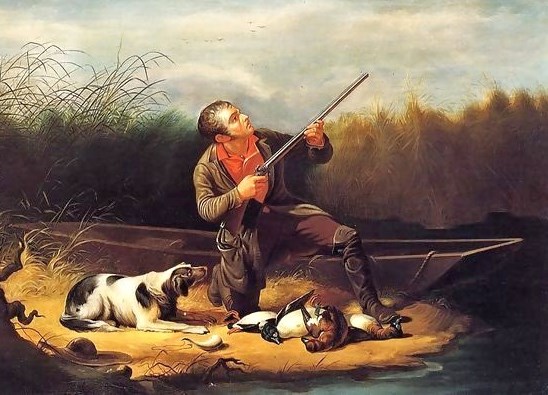
Herman Melville in his classic, Moby Dick, wrote about Captain Ahab’s impassioned, myopic search for the white whale. It is a great symbol of the cosmic conflict between good and evil, light and darkness. Melville notes that when a whale is sighted there is much frenzied activity: deckhands scurry about, boats are lowered, men begin rowing and sweating, one man stands and the back of the boat shouting orders. But there’s another who remains still, uninvolved, distant.
He is the harpooner.
His job is to be quiet and poised and ready to launch his weapon into the belly of the beast at the exact time. His window is very, very small. The primary reason the harpooner does not involve himself in the cyclone of activity, is that he may more effectively release his harpoon. He must be still so that he can hit the bullseye.
In many ways, the life of the artist requires the poise of the harpooner. Inspiration, like the white whale, may surface at any time. And the artist must be armed, still, and ready to strike.
In their classic book on grammar and composition, The Elements of Style, William Strunk and E.B. White used a similar metaphor for the writer’s “hunt” for inspiration:
Writing is, for the most part, laborious and slow. The mind travels faster than the pen; consequently, writing becomes a question of learning to make occasional wing shots, bringing down the bird of thought as it flashes by. A writer is a gunner, sometimes waiting in his blind for something to come in, sometimes roaming the countryside hoping to scare something up. Like other gunners, he must cultivate patience; he may have to work many covers to bring down one partridge.
Quail hunting is quite different from whale hunting. But the principle’s the same. There you have a guy with a vest, creeping through the brush, with a loaded gun in his hand. His steps are slow, methodical. He is not in a hurry or he may scare his prey. The hunter is ferreting out birds cowering in the reeds, fully prepared to drop ’em.
These images summon certain truisms about art and artists — inspiration can strike (surface or skate) at any moment, so the artist must be poised and ready to “capture” it.
Whether you write or draw or build or paint, every day, you must load your weapon and trudge into the sticks, poised and ready. Every day, you must wedge yourself into the crow’s nest, eyes peeled on the horizon, looking for that white fin splitting the turquoise blue. Not only must we rouse ideas from the brush, once they surface, once they skate to the skies, we must summon our faculties to “bring down one” on the spot, pierce inspiration with our trusty harpoon and imprison it in our work.
Strunk and White describe this as a “wing shot.”
It speaks to the nature of inspiration. Like lightning, inspiration strikes randomly. We may erect lightning rods, but there’s still no guarantee of a direct strike. So we must be ready. We must be on the lookout every day… every moment. Sometimes at the most unexpected of moments.
Inspiration is on its own timeline. It doesn’t wait for you to get your coffee and get to the studio. It doesn’t park by the water cooler and stick around for your break.
Which demands being ready for “occasional wing shots.”
This might entail jumping out of bed in the middle of night to record a dream. It might mean jotting something down on a napkin or dictating something into your phone on your way to class. It might mean pausing the movie to sketch out another creature concept.
Perhaps the most imaginative artists aren’t those with a propensity for visions, but those who are adept at wing shots. They are always on the prowl.

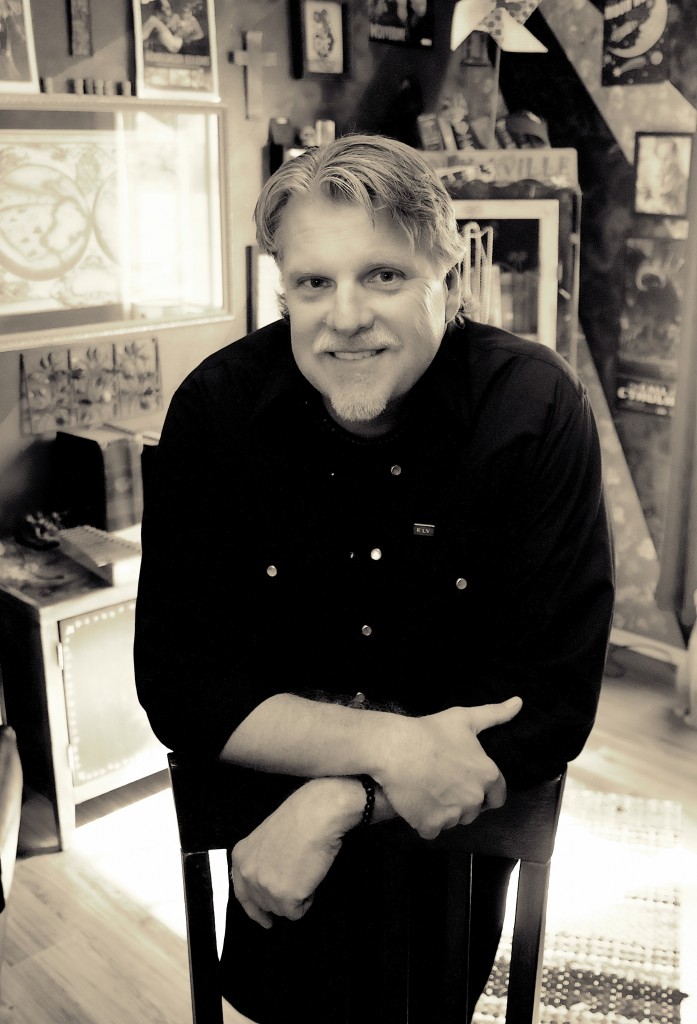


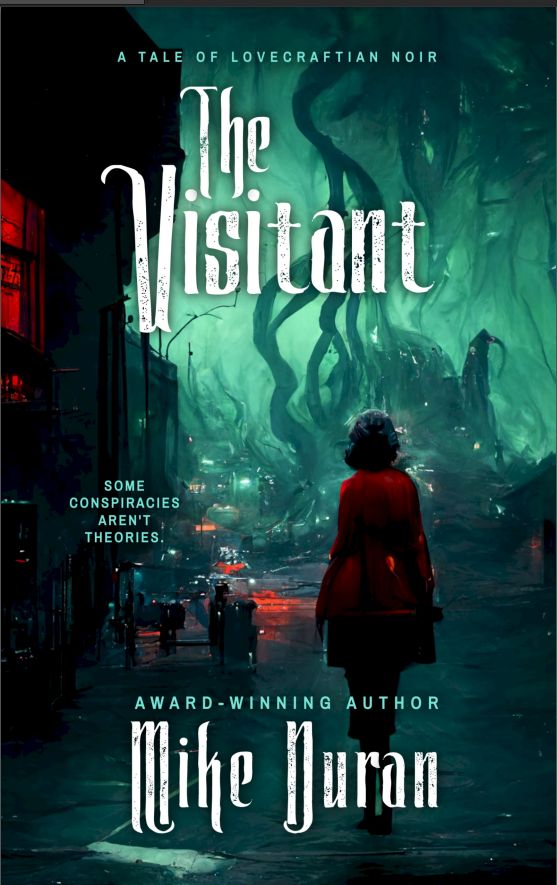

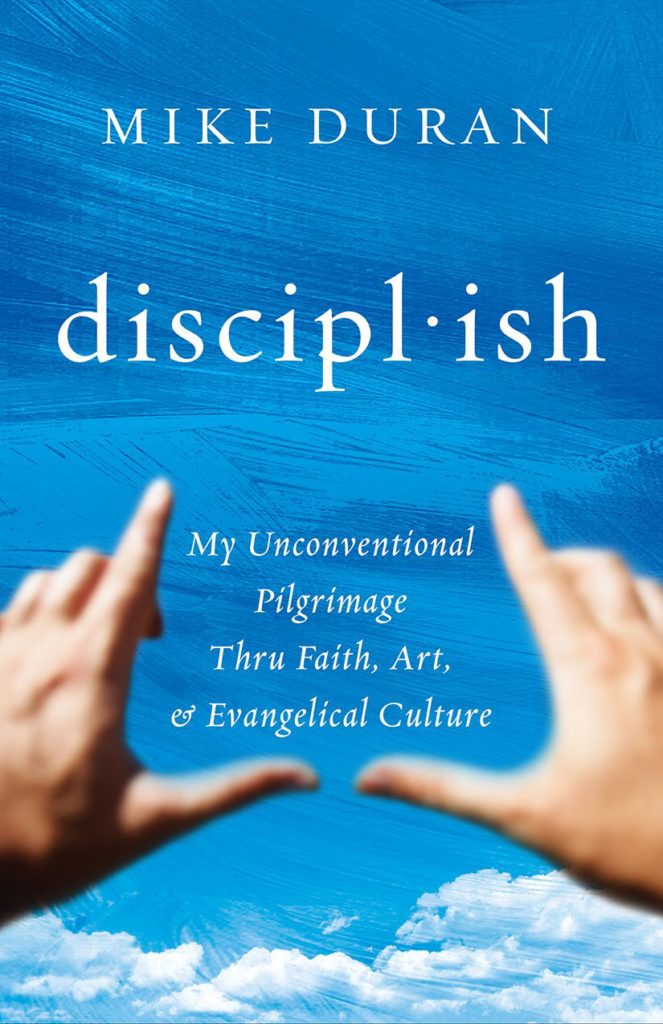
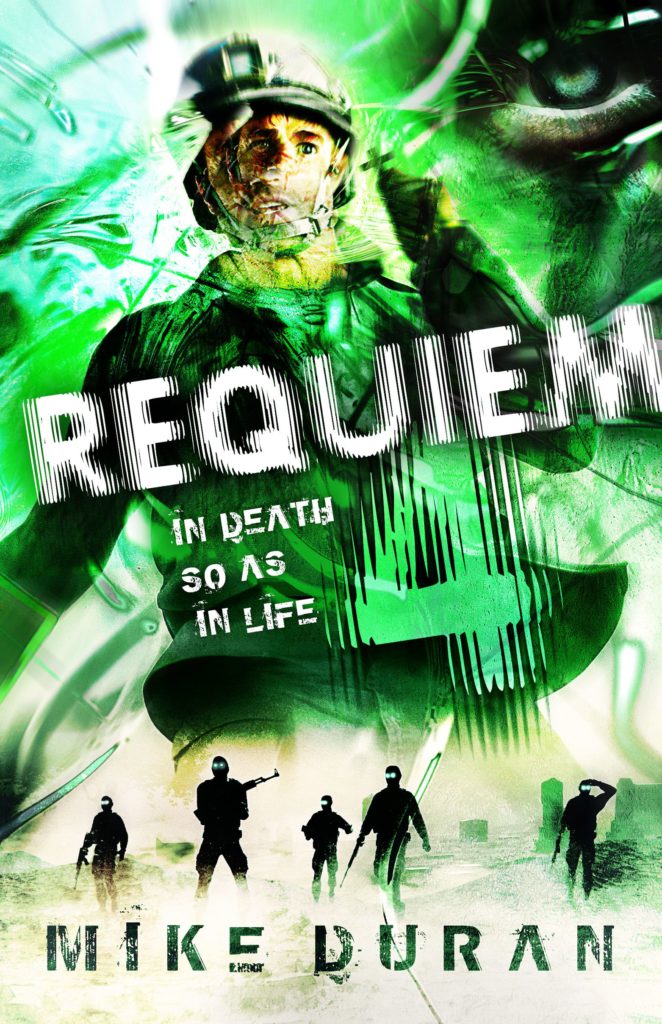
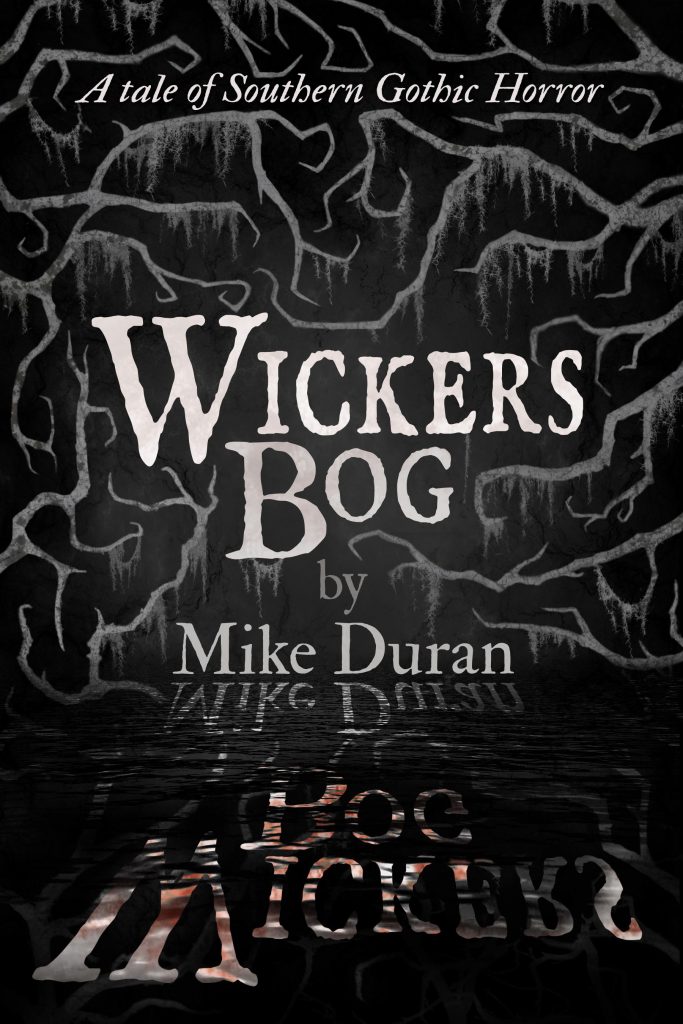
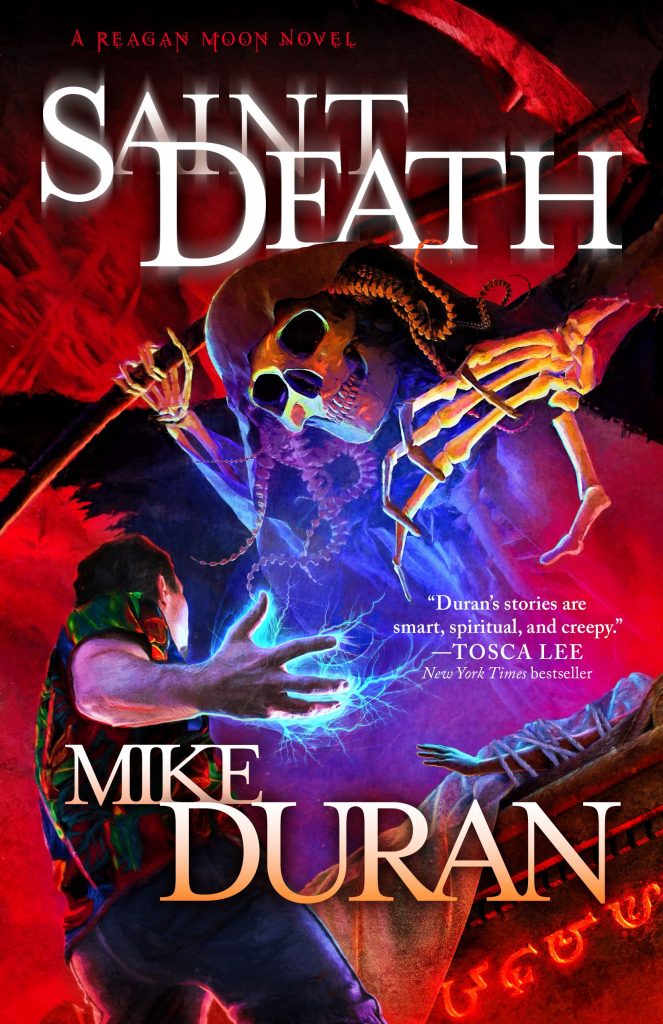
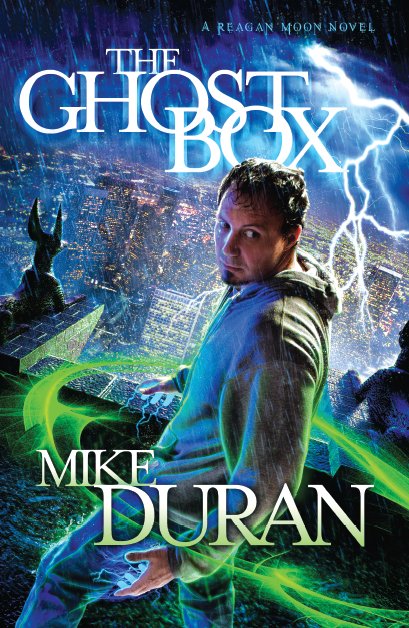
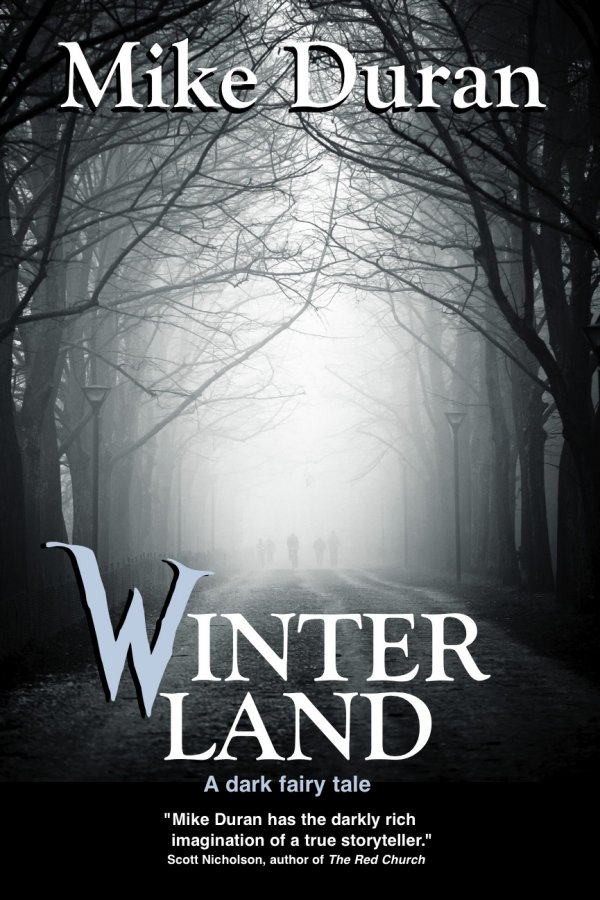
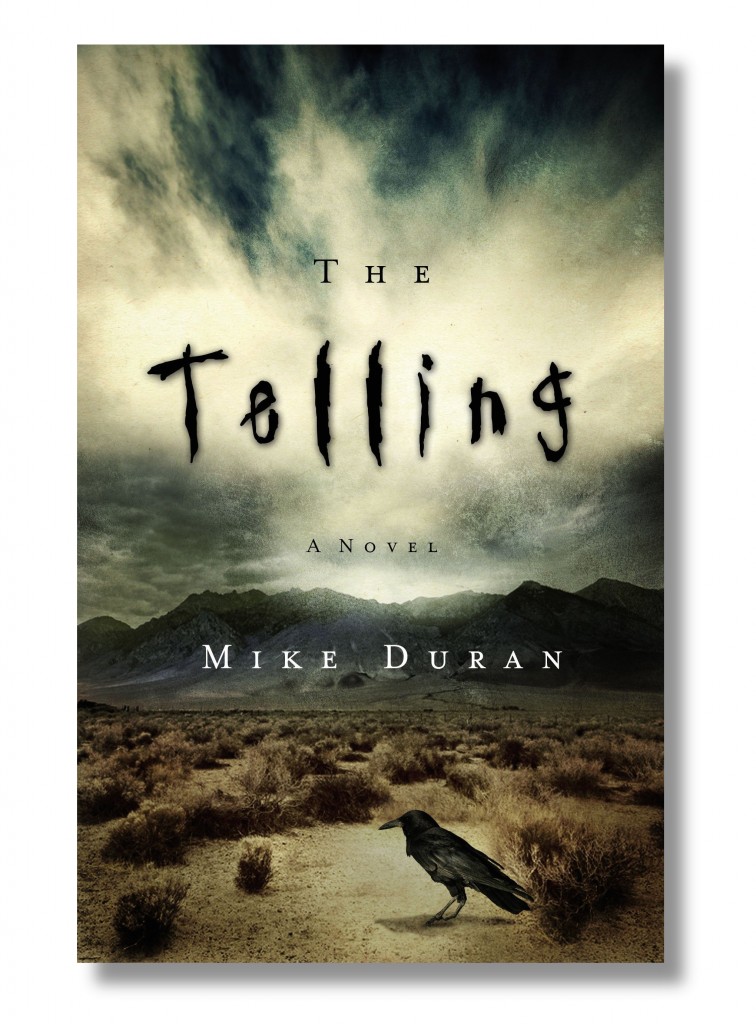
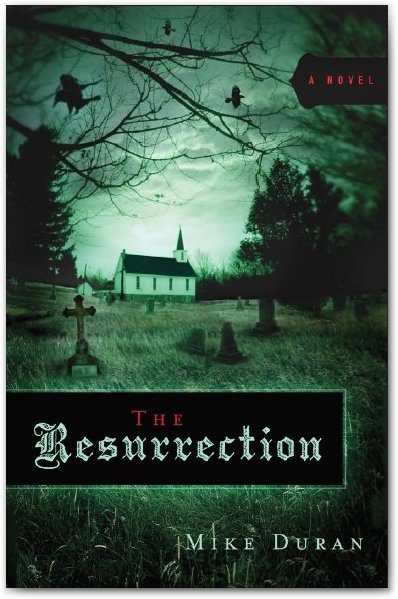
I find that inspiration usually strikes while I’m writing. The ol’ muse doesn’t start working until the words are flowing, and then suddenly multiple ideas will fuse together in the most wonderful way. Waiting around and doing other things never triggers inspiration the way regular old butt in the chair does. But walks are nice.